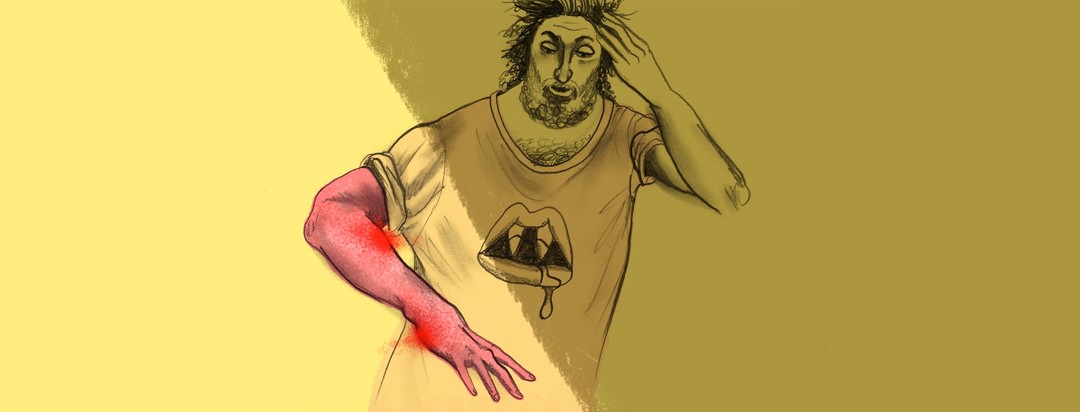The Vampire Disease of Hepatitis C
When people think of vampires, they typically don’t think of hepatitis C. Vampire disease is a skin condition also known as porphyria cutanea tarda (PCT). PCT is an extrahepatic manifestation of hep C, meaning it is a complication that occurs outside of the liver. Extrahepatic manifestations are common: Approximately 40% of people diagnosed with hep C have at least one of these manifestations.1
What is PCT?
PCT is a skin condition that is caused by a deficiency of an enzyme, resulting in an overproduction of a chemical called porphyrin in the urine, blood, and liver. Porphyrin is an important chemical in the production of heme. Heme is made from iron and is an essential component in the formation of blood cells.1
The reason why PCT has been nicknamed "vampire disease" is because exposure to sunlight in these people results in painful blistering of the skin. The skin becomes so sensitive to the sun that it peels, and eventually, bleeds. PCT affects mainly adults.
What is the relationship between hep C and PCT?
50% of people with PCT also have hep C.2 For this reason, everyone with PCT is also tested for hep C at diagnosis. However, it is not clear why this relationship occurs, or what the exact mechanism is. Other susceptibility factors that can contribute to the development of PCT include alcohol, concomitant HIV infection, and smoking.1
Symptoms and signs
The symptoms of PCT can vary depending on the type of PCT; These include:3
- Skin scarring, pigmentation changes, and blisters upon light exposure. The most common areas that are affected include the face, ears, arms, neck, hands, and feet.
- Itching
- Infected skin lesions
- Excessive hair growth on the arms and cheeks
- Hair loss at blister sites
- Abnormal liver function tests
- Changes in mood
- Stomach pain
Treatment of PCT
Treating PCT may accompany the treatment of hep C. There are a couple of treatment options, such as medications and blood removal. The goal of treatment is to reduce iron and porphyrin levels in the body.4 Blood removal involves the removal of blood, similar to how blood is removed during a standard blood test. This is done on a regular schedule. By removing blood, any iron build-up is also removed from the body. The duration of treatment is typically for a few months only.
People can also be treated with medications. Common drugs used include hydroxychloroquine and chloroquine, which are also used to treat rheumatoid arthritis and malaria. Hydroxychloroquine is prescribed at a low dose, twice weekly regimen for a few months. However, people with extensive liver damage cannot take hydroxychloroquine.4 Studies have shown that medications are just as effective as blood removal.
The good news is that PCT can be effectively managed over a few months to bring down porphyrin levels. For most people, symptoms can be curbed for life and they do not have to go through another round of treatment again.

Join the conversation